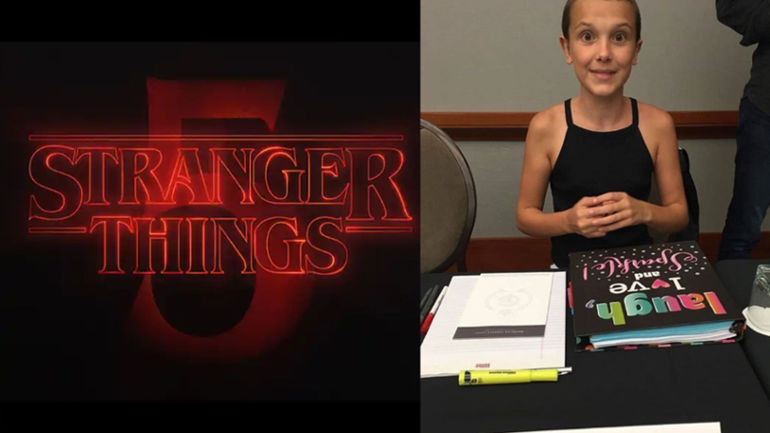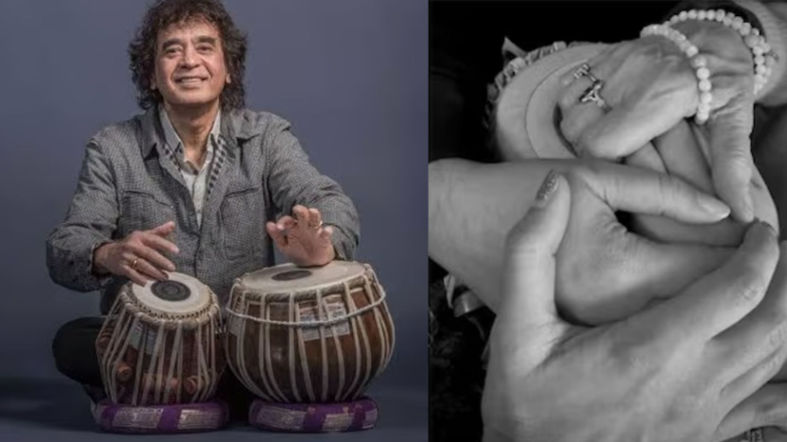A lively debate has erupted on social media regarding which metro system is preferable: the Delhi Metro or the New York City Subway. Many users argue that comparing the two isn’t fair due to the significant time gap since their launches. Others express a preference for the Delhi Metro, citing the deteriorating conditions of New York stations, which have become dirty and overcrowded with ticketless passengers.
Let’s Have A Look on the condition of Both Metro Stations:
🇮🇳 𝐍𝐞𝐰 𝐃𝐞𝐥𝐡𝐢 𝐦𝐞𝐭𝐫𝐨 𝐯𝐬. 🇺🇸 𝐍𝐞𝐰 𝐘𝐨𝐫𝐤 𝐦𝐞𝐭𝐫𝐨
Which would you rather take a ride on? pic.twitter.com/wuepDmQHf5
Related News— Sputnik India (@Sputnik_India) October 10, 2024
Background of the Systems
The New York Subway opened in 1904 and has seen a decline in conditions over the years, requiring urgent renovations. Among the key issues are rising crime rates and visible homelessness at metro stations. Additionally, excessive rainfall often leads to flooding in the subways.
In contrast, both metro systems are major rapid transit networks but differ in size, routes, and public transport options:
Delhi Metro: India’s largest and busiest mass transit network.
New York City Subway: One of the world’s largest rapid transit systems.
Routes
Delhi Metro: Features 12 high-capacity lines and 288 stations covering 250 miles.
New York City Subway: Comprises 24 lines and 472 stations spanning 245 miles.
Public Transportation Options
Delhi: Offers city buses, auto-rickshaws, taxis, and the metro.
New York City: Provides subway, buses, and ferries.
Many users highlight that the Delhi Metro is clean, comfortable, and easy to navigate, making it a safer and more reliable option than driving in the city.
Cost Comparison
New York City ranks as the fourth most expensive city globally, according to the global cost of living and rent index, while Delhi is placed at 442. This raises the question of whether the NYC Subway is more expensive in relative terms.
A single ride ticket for the NYC Subway costs $3.00 (approximately ₹210), which is distance-agnostic and allows one free interchange between subway and bus within the first three hours. In contrast, the maximum fare for the Delhi Metro is ₹60, without offering free interchanges to buses or feeder services.
When considering the annual per capita income, New York City’s average is about ₹49 lakh (around $64,000), while Delhi’s is approximately ₹3 lakh ($4,300). This means that purchasing a Delhi Metro ticket impacts the average Delhite’s income five times more than a subway ticket does for an average New Yorker.
While basic calculations show that the Delhi Metro is relatively more expensive for residents, the fare structure’s justification by DMRC does not fully address whether it is truly unaffordable for users.














